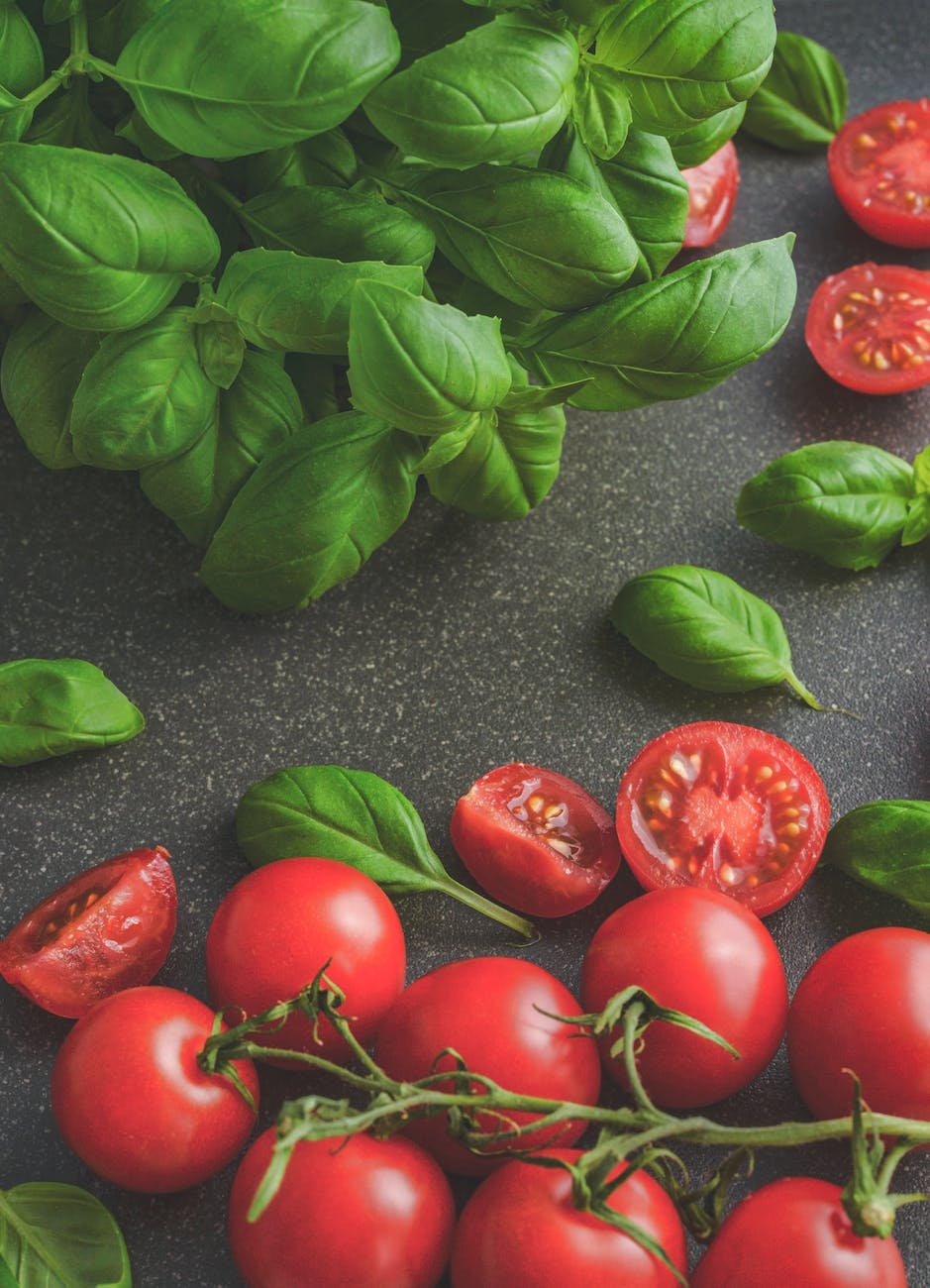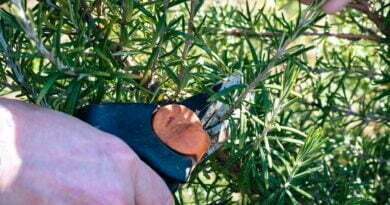From Seed to Plate: A Guide to Growing Basil and Enjoying Its Health Benefits
Basil is one of the most popular herbs in the world, known for its fragrant aroma and sweet taste. It’s an essential ingredient in many Mediterranean and Asian dishes, and is also a great source of vitamins and minerals. In this article, we’ll explore how to grow basil and the many ways you can use it in your cooking.
Health Benefits:
Basil is a rich source of vitamin K, which is essential for blood clotting and bone health. It also contains antioxidants such as vitamin A and C, which help to protect the body from damage caused by free radicals. Additionally, basil has anti-inflammatory properties that can help to reduce the risk of chronic diseases such as heart disease and cancer.
Growing Basil:
- Choose the Right Location: Basil thrives in full sun, so choose a location that gets at least 6-8 hours of sunlight a day. Basil can also grow indoors in a sunny windowsill.
- Prepare the Soil: Basil prefers well-draining soil with a pH of 6.0-7.0. If your soil is heavy or compacted, add organic matter such as compost, aged manure, or peat moss to improve soil structure and fertility. You can also mix in a slow-release fertilizer according to the manufacturer’s instructions.
- Plant the Seeds or Seedlings: Basil can be grown from seeds or from cuttings. If you’re starting from seeds, sow them indoors 6-8 weeks before the last frost date or outdoors in the spring after the last frost date. To start from cuttings, take 3-4 inch cuttings from a mature basil plant and plant them in a well-draining potting mix. Keep the soil moist and place the pot in a warm, bright location.
- Water Regularly: Basil needs regular watering to keep the soil moist, but not waterlogged. Water deeply once a week, or more often in hot, dry weather. To avoid fungal diseases, water from the bottom rather than from above.
- Mulch the Soil: Mulching helps to retain soil moisture, suppress weeds, and regulate soil temperature. You can use organic mulches such as straw, shredded leaves, or grass clippings. Spread the mulch about 2 inches deep around the basil plants, but keep it away from the stems to prevent rot.
- Fertilize: Basil is a light feeder, which means it doesn’t need a lot of fertilizer to grow well. You can feed basil with a balanced fertilizer once a month, or use a slow-release fertilizer at the beginning of the season. Avoid over-fertilizing, as this can lead to weak growth and poor flavor.
- Prune Regularly: Pruning is important for keeping basil plants bushy and compact. You can pinch off the tips of the stems or cut back the entire plant by about one-third every few weeks. This will encourage the plant to produce more leaves and prevent it from flowering too soon. When the basil plant begins to flower, it will put more energy into producing seeds rather than leaves, which can affect the flavor of the plant.
- Harvest the Leaves: Harvest the leaves when they are young and tender, but before the plant begins to flower. Pinch off the leaves from the top of the stem, leaving at least two sets of leaves on the lower part of the stem. You can harvest the entire plant at once or pick the leaves as you need them.

Meal Ideas:
Basil can be used in a variety of dishes, from salads to sauces. It pairs well with tomatoes, mozzarella cheese, and garlic, and can be used to flavor soups, stews, and curries. Here are some meal ideas to get you started:
- Caprese Salad: Combine sliced tomatoes, fresh mozzarella cheese, and chopped basil in a bowl. Drizzle with olive oil and balsamic vinegar, and season with salt and pepper for a refreshing summer salad.
- Pesto Pasta: Blend together fresh basil, garlic, pine nuts, Parmesan cheese, and olive oil in a food processor to make a delicious pesto sauce. Toss with cooked pasta for a quick and easy weeknight meal.
- Thai Basil Chicken: Sauté sliced chicken breast with garlic, ginger, and chopped Thai basil in a wok or skillet. Serve over rice for a flavorful and healthy dinner.
Basil is a versatile herb that is easy to grow and adds flavor and nutrition to a variety of dishes. Whether you’re making a classic Italian tomato sauce or a Thai curry, basil is a must-have ingredient that will take your cooking to the next level. By following these simple growing tips, you can enjoy fresh, homegrown basil all season long.




